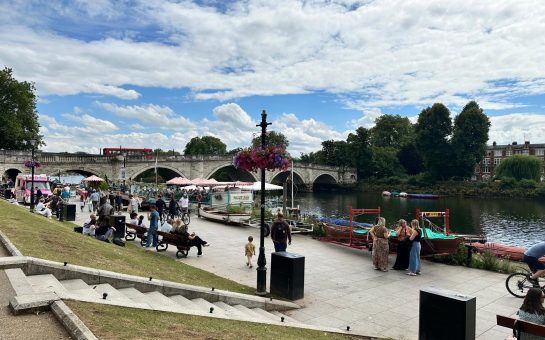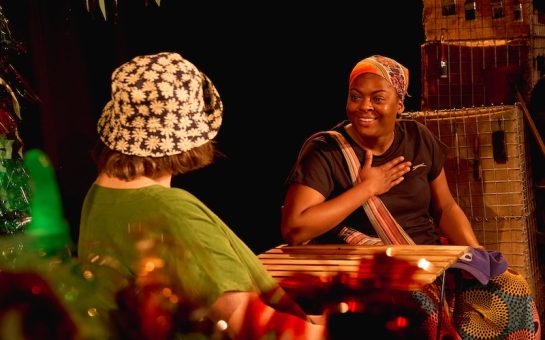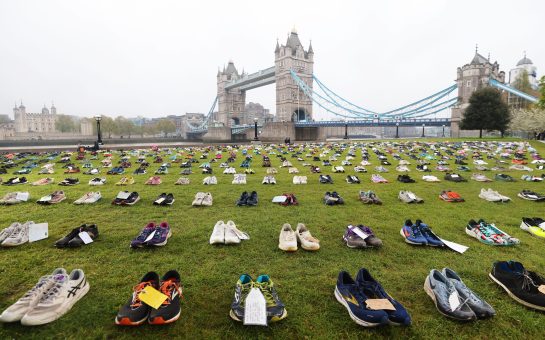Few would dispute London’s status as a cosmopolitan metropolis; a melting pot of cultures, religions and creeds that collide and mesh into a city of lights and sounds.
There can surely be no better evidence of this than the sheer wealth of languages that populate the London Underground, where tourists and locals, immigrants and natives alike rub shoulder-to-shoulder in a city that plays host to more than 300 languages.
An interactive map of the most common second languages in the British capital by tube stop was published earlier this month.
Tube Tongues is the brainchild of a researcher at University College London’s department of geography, Oliver O’Brien, who took the 2011 census data and a map of tube journeys and busy stations that he’d previously created in order to create this cartographic masterpiece.
The map charts the most popular foreign languages of the people who live within 200m of London Underground, Overground, DLR and future Crossrail stations.
In what may come as an unpleasant surprise to some voters who argue that the country is being swamped by foreigners, English remains the most commonly spoken language at every tube station.
Mr O’Brien explained the value of such data which despite looking abstract at first provides a clear picture of the most common languages uttered on the Underground.
He said: “Conventional maps of demographic data can be quite abstract they look at – they can be quite hard to relate to where people live.
“By combining statistical data from the census with the familiar lines of the London Underground network, the graphic becomes more relatable to a city where everyone knows their nearest tube station.”
The map highlights how close-knit certain ethnic communities are, for example, the majority of London’s Bengali-speaking population lives in conjoining neighbourhoods along the Thames in East London.
“Language correlates well with some ethnicities (e.g. South Asian) but not others (e.g. African), in London,” Mr O’Brien said. “So some familiar patterns appear – e.g. a popular, and uniform, second language appearing at almost all Tower Hamlets stations.”
But what about in south west London – SW Londoner’s home territory?
Perhaps unsurprisingly, French dominates as the most common non-English language as you travel west on the District Line at South Kensington, Gloucester Road and Earl’s Court all the way through to Kew Gardens.
The language of love continues to meander down the green line at West Brompton, Fulham Broadway, Parson’s Green, Putney Bridge and Wimbledon Park (with a brief appearance by Urdu at Southfields).
As we journey further south, Tamil – spoken in southern India and Sri Lanka – takes over as the second language of choice on the Tramlink that runs through Mitcham.
Wimbledon, Morden, Merton and up through to Tooting and Balham are the hotspots for anyone looking to learn Polish.
The Victoria Line appears to be housing an enclave of Portuguese speakers around the Wandsworth, Clapham, Brixton and Vauxhall stations.
Hopping across the river back north, Arabic conquers in Knightsbridge and Kensington, while Persian sweeps the stakes at Imperial Wharf.
Spanish also gets a guest starring role at Clapham Junction and Richmond.
Mr O’Brien concluded that the most linguistically-diverse tube station in London was Piccadilly Line’s Turnpike Lane in north east London, which had 16 languages spoken by more than 1% of the population there.
By contrast, Theydon Bois on the Central Line has the highest percentage of English speakers, with 98% of people living in the area using it as their primary language.
Enthno-cartography enthusiasts can find the whole Tube Tongues map here.
Picture courtesy of Jasperdo, with thanks.




